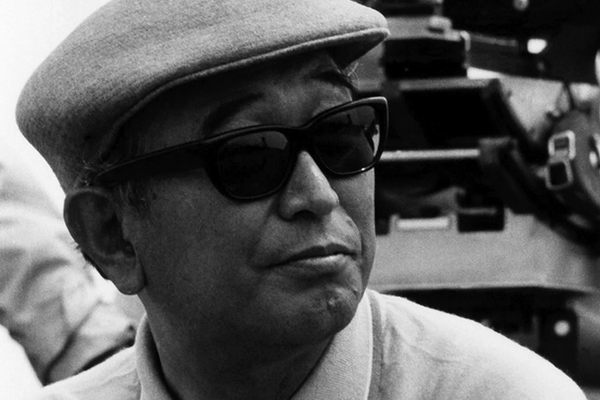There was a time before our world was named – merely points on a compass, loose forms on a map, distant territories of an unknown sovereign. Before metaphor or tribute, a place was often defined, identified and later classified by a geological characteristic, the known in the unknown, the literal, the immediate real – the silhouette of the summit, the view from the ridgeline, the color of the earth. Early Spanish explorers of the American West came upon a river that flowed red with the sandstone silt it carried down from the mountains above. They named this river the Colorado, Spanish for ruddy, or red. In that way a space became a place.




Imagine everything you see before you is unnamed, untouched, unsullied. Pure and unabstracted and uncomforting, a new world. But that isn’t our world, is it. We have photographs and first hand accounts, worlds already visualized. Images and accompanying text may depict realities free of uncertainty, landscapes of shadow and light, crisp air and clear consequences – in the words of our photographer, “there is a knife ridge where you just can't fall, or you die” – but these flattened subjects and objects can only be interpreted, never really experienced.
In Grizzly Bear’s “Colorado,” Ed Droste sings
When I clung to you
There was nothing to
Hold on tight with
You left me adrift
From our homes, from our phones, our hands can only loosely grasp the experience. So we give the beauty a name, and make it known.





